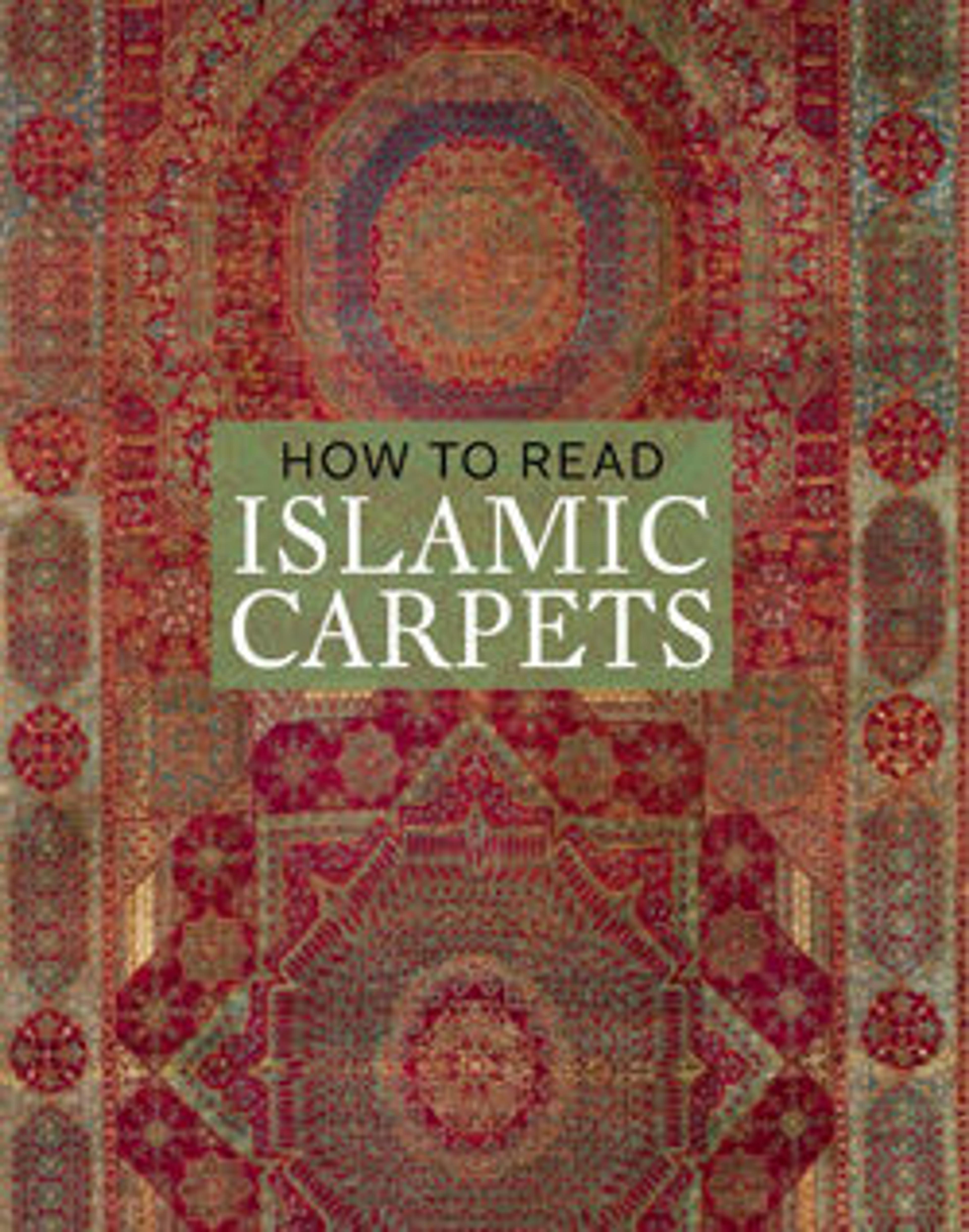Prayer Rug with Coupled Columns
The rich polychrome palette, dominated by deep red and including purple, shades of blue, green, yellow, white, and dark brown, is typical for carpets woven in Ladik during the later Ottoman period. However, the triple arch supported by sets of slim double columns and the tulips above and inside the medallions of the border both recall a famous sixteenth-century Ottoman court prayer rug (the Ballard double-column prayer rug also in The Met collection). The architectural feature is not common in Ottoman buildings. Recent scholarship suggests that the coupled-columns design on Anatolian prayer rugs may have originated in Nasrid Spain and traveled east to Cairo and Istanbul with the emigration of Sephardic Jews beginning in the late fifteenth century; they used a similar motif on parokhets (curtains that cover Torah arks in synagogues).
Artwork Details
- Title: Prayer Rug with Coupled Columns
- Date: early 18th century
- Geography: Attributed to Turkey, probably Ladik, Konya
- Medium: Wool (warp, weft and pile); symmetrically knotted pile
- Dimensions: H. 68 in. (172.7 cm)
W. 48 in. (121.9 cm) - Classification: Textiles-Rugs
- Credit Line: The James F. Ballard Collection, Gift of James F. Ballard, 1922
- Object Number: 22.100.62
- Curatorial Department: Islamic Art
More Artwork
Research Resources
The Met provides unparalleled resources for research and welcomes an international community of students and scholars. The Met's Open Access API is where creators and researchers can connect to the The Met collection. Open Access data and public domain images are available for unrestricted commercial and noncommercial use without permission or fee.
To request images under copyright and other restrictions, please use this Image Request form.
Feedback
We continue to research and examine historical and cultural context for objects in The Met collection. If you have comments or questions about this object record, please complete and submit this form. The Museum looks forward to receiving your comments.
